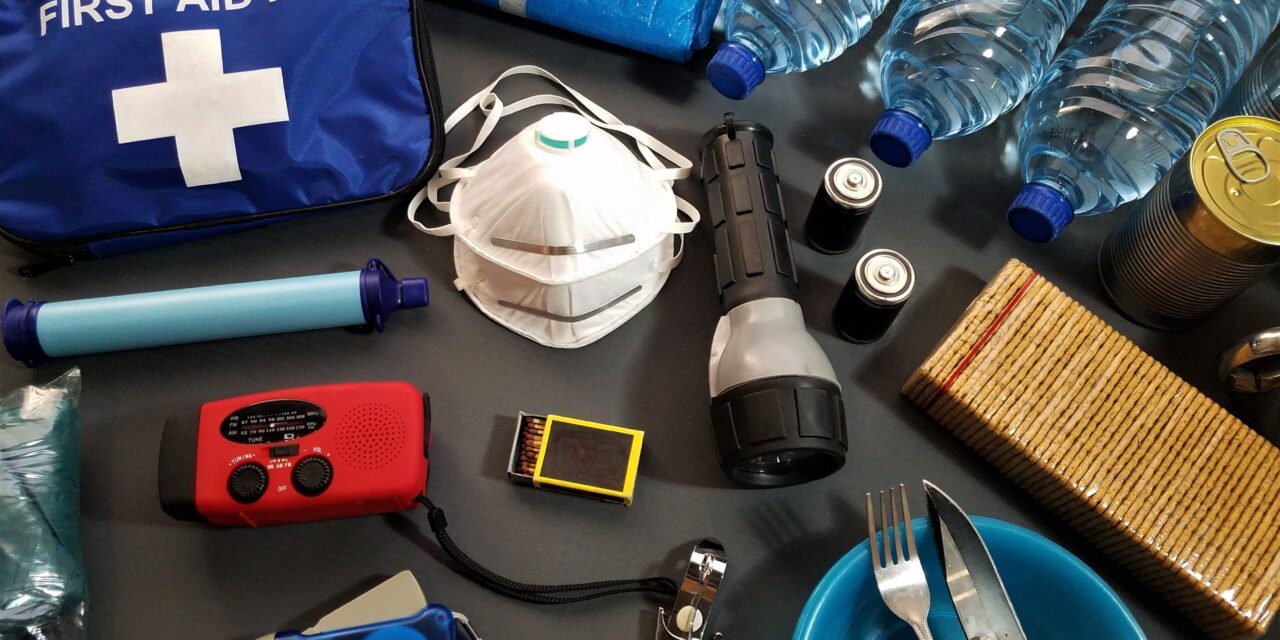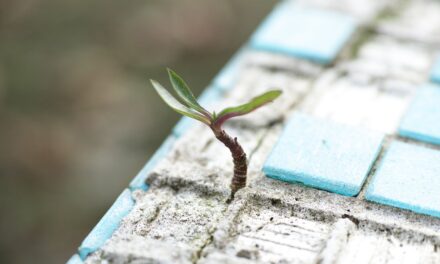The Vital Importance of Home Emergency Preparedness
In an era where natural disasters, power outages, and other emergencies are becoming increasingly common, the significance of home emergency preparedness cannot be overstated. It’s an essential aspect of ensuring the safety and security of your household. This comprehensive guide delves deep into the importance of being prepared for a range of home emergencies, offering insights, tips, and strategies to safeguard your family and property.
Home emergency preparedness is more than just having a plan; it’s about cultivating a mindset of readiness and resilience. It involves understanding potential risks, anticipating challenges, and having a proactive approach to mitigating these risks. Whether it’s extreme weather events, fires, power outages, or other unforeseen situations, being well-prepared can make a significant difference in the safety and well-being of your family.
But why is it so crucial to focus on emergency preparedness at home? Your home is your sanctuary, a place where you and your family should feel safe and secure. In the face of an emergency, having a well-thought-out plan and the necessary supplies can help reduce panic, minimize risks, and enable you to respond effectively. It’s not just about responding to an emergency; it’s about bouncing back more robustly.
The concept of home emergency preparedness encompasses a range of activities – from simple measures like creating an evacuation plan and assembling an emergency kit to more involved steps like fortifying your home against potential hazards. It also includes educating every member of the household, including children, about what to do in different emergency scenarios. This comprehensive approach ensures that when an emergency strikes, every family member knows how to act swiftly and safely.
In this guide, we will walk you through the essential components of home emergency preparedness, offering expert insights and practical tips. We’ll cover everything from identifying potential risks in your area to creating a customized emergency response plan for your family. Our aim is to equip you with the knowledge and tools you need to transform your home into a resilient fortress, capable of withstanding various emergencies.
As we delve deeper into the subject, remember that preparedness is an ongoing process. It’s about continuously updating your knowledge, plans, and supplies to align with changing circumstances and emerging risks. So, let’s embark on this journey towards comprehensive home emergency preparedness, where peace of mind and safety are paramount.
Assessing Risks and Tailoring Your Preparedness Plan
The first step in home emergency preparedness is understanding the specific risks relevant to your geographical location and dwelling. This might include natural disasters like floods, earthquakes, or tornadoes, as well as other risks like power outages, fires, or even pandemics. Conduct a thorough assessment of potential hazards and tailor your emergency plan accordingly. This tailored approach ensures that your preparedness strategy is both effective and relevant.
Creating a Family Emergency Plan
An effective family emergency plan is a blueprint for how your household will respond in various scenarios. This plan should include emergency contact information, evacuation routes, designated meeting points outside the home, and specific roles for each family member. Regular drills and discussions about this plan ensure that everyone knows what to do when an emergency arises.
Assembling an Emergency Kit
A well-stocked emergency kit is a cornerstone of home preparedness. Essential items include water (one gallon per person per day for at least three days), non-perishable food, a first-aid kit, flashlights, batteries, a radio, essential medications, and personal hygiene items. Consider the needs of all family members, including pets, and remember to check and replenish your kit regularly.
Fortifying Your Home
Strengthening your home against potential emergencies can significantly reduce damage and enhance safety. This might involve reinforcing structures, securing heavy objects to prevent them from falling during earthquakes, installing smoke detectors and fire extinguishers, and ensuring your home has adequate insurance coverage. For areas prone to specific disasters, like floods or hurricanes, additional measures like flood barriers or storm shutters may be necessary.
Learning Essential Survival Skills
Skills like basic first aid, CPR, how to shut off utilities like gas and water, and fire safety techniques are invaluable in an emergency. Consider taking courses or workshops to acquire these skills, and teach them to other family members as well.
Communication Strategies
In times of emergency, communication can become challenging. Have a plan for how you will communicate with family members if you are separated, which might include having a family member outside the area as a central contact point. Also, consider alternatives if traditional communication channels like cell phones are unavailable.
By taking these steps, you can significantly enhance your home’s preparedness for various emergency scenarios. But remember, preparedness is a continuous process, requiring regular review and updates to your plans and kits.
In the next section, we’ll summarize the key takeaways and provide final thoughts on establishing a robust home emergency preparedness strategy.
Consolidating Home Emergency Preparedness Strategies
We’ve navigated through the critical aspects of home emergency preparedness, highlighting the importance of a proactive and informed approach. To encapsulate the key points:
- Risk Assessment: Understand the specific risks pertinent to your area and tailor your emergency plan to address these risks effectively.
- Family Emergency Plan: Develop a comprehensive plan that includes evacuation routes, emergency contacts, and roles for each family member. Practice this plan regularly.
- Emergency Kit: Assemble a well-stocked emergency kit that caters to the needs of all family members, including pets, and ensure it’s regularly updated.
- Home Fortification: Implement measures to strengthen your home against potential hazards, such as securing heavy objects and installing necessary safety devices.
- Essential Skills: Acquire and teach your family crucial survival skills like first aid, CPR, and how to shut off utilities.
- Communication Plans: Have a robust communication strategy for scenarios where conventional communication methods may be unavailable.
Final Thoughts: Embracing Preparedness as a Way of Life
Home emergency preparedness is not just a checklist of actions; it’s a mindset that values safety, readiness, and resilience. By embedding these principles into your daily life, you create a home environment that is not only prepared for emergencies but also equipped to recover and thrive post-crisis.
Remember, preparedness is an ongoing journey, not a one-time task. It involves staying informed, adapting to new information, and continually revising your plans and kits. Encourage a culture of preparedness in your home, where every family member is empowered with knowledge and skills to handle emergencies confidently.
In conclusion, by adopting a comprehensive approach to home emergency preparedness, you’re not only safeguarding your family and property but also contributing to a resilient community. Preparedness starts at home, and a well-prepared household forms the foundation of a robust and resilient society.








